Hello everyone. Today we would like to introduce “Koganezaki”, located in Nishi-Izu in Shizuoka Prefecture.
Koganezaki, which was named after its golden rocks under the setting sun, is a well-known scenic spot that attracts many tourists at sunset aiming to capture the perfect photo opportunity.
The indescribably spectacular view is a must-see sight.
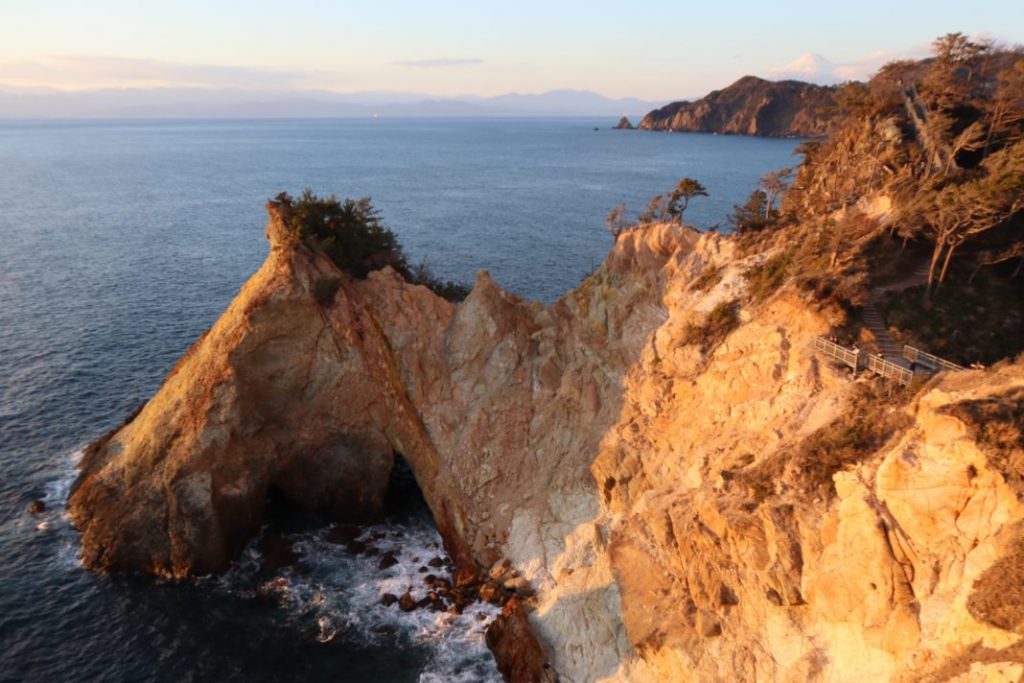
Table of Contents
Start off by taking a stroll around the neighborhood
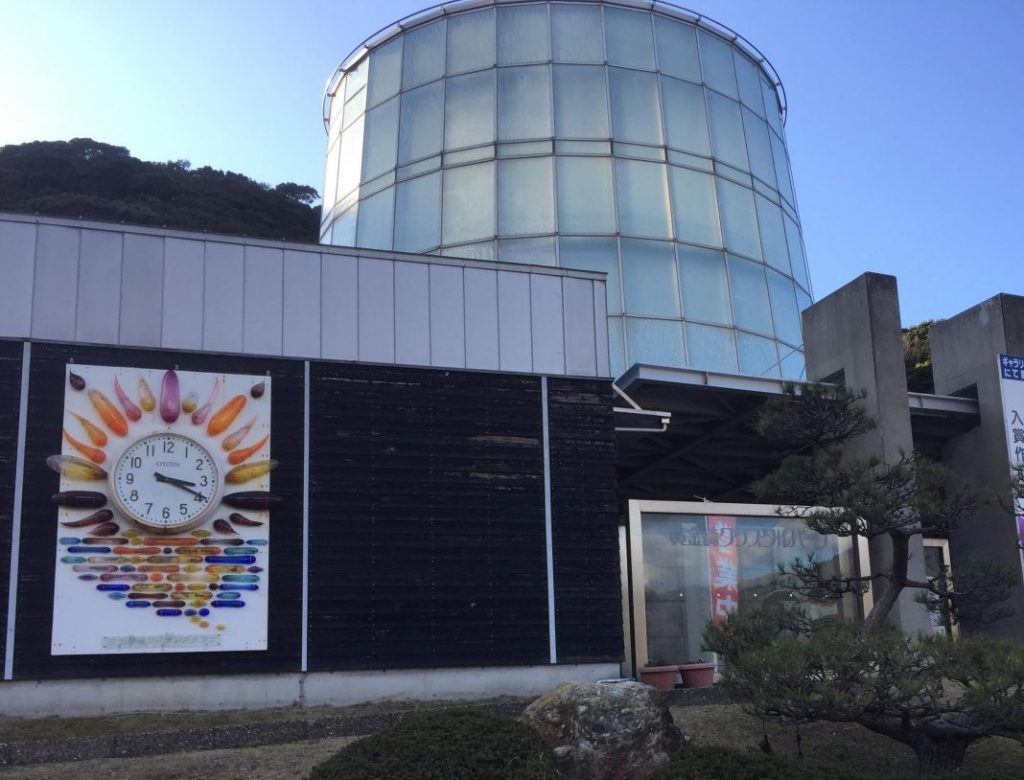
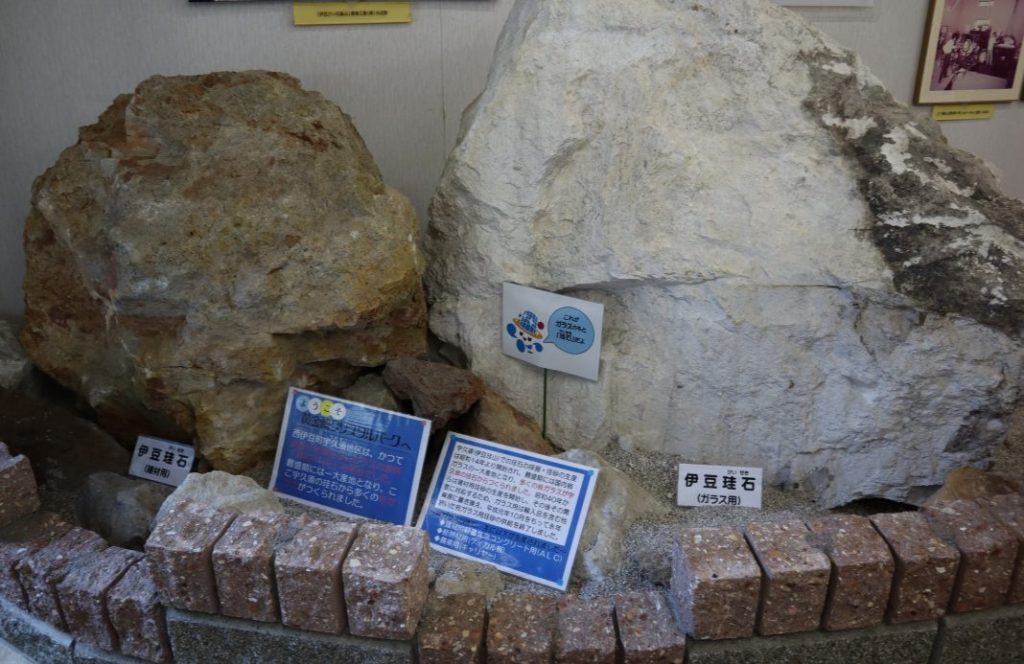
Nearby, there is a museum called the “Koganezaki Crystal Park”. The concept behind it is a “theme park where you can see and experience glass”.
Nishi-Izu has long been famous as a source of silica stone, the raw material used to make glass, and has supported Japan’s glass culture. This glass museum is an art museum specializing in contemporary glass, created to introduce and disseminate the allure of glass.
There aren’t any photos as photography is not permitted the museum, except in the Kaleidoscope Room, but works created by a wide range of artists, both from Japan and overseas, are on display, and we never got tired of looking at the various pieces, some of which we could not believe were made of glass, and others that creatively utilized the characteristics of glass.
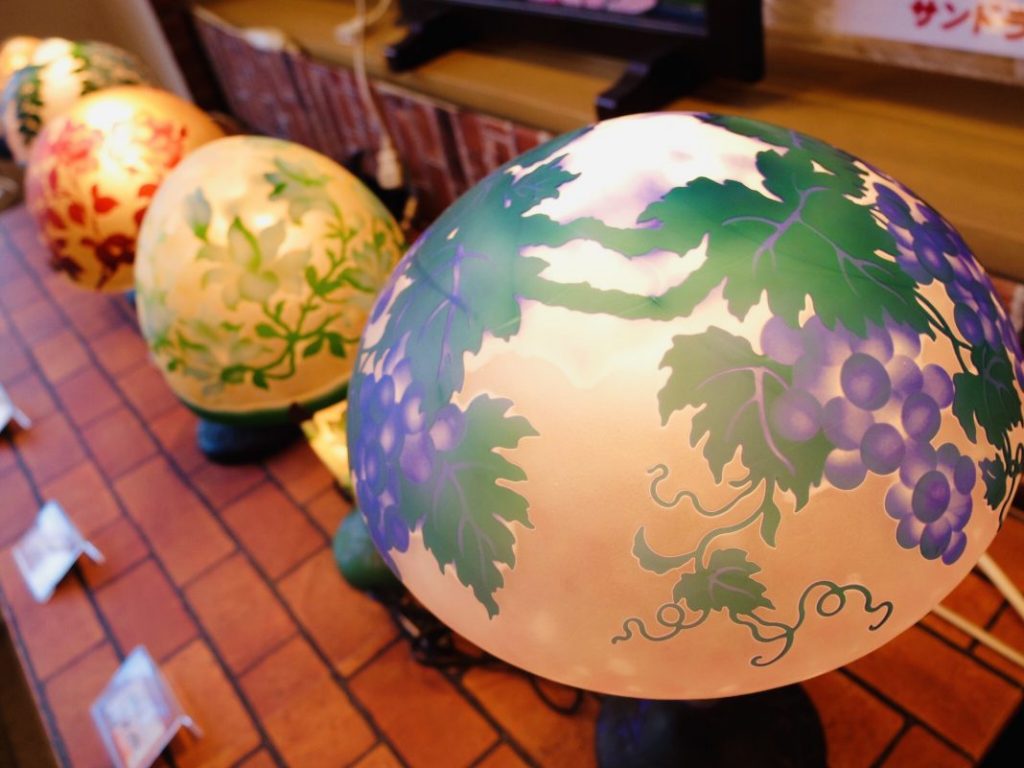
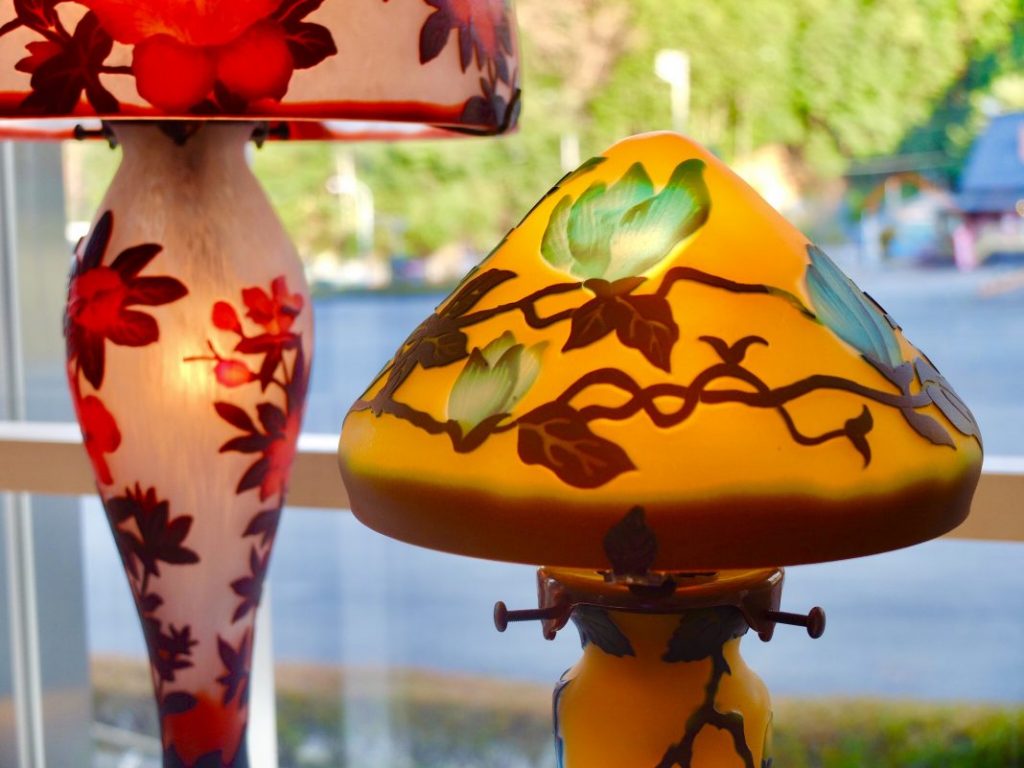
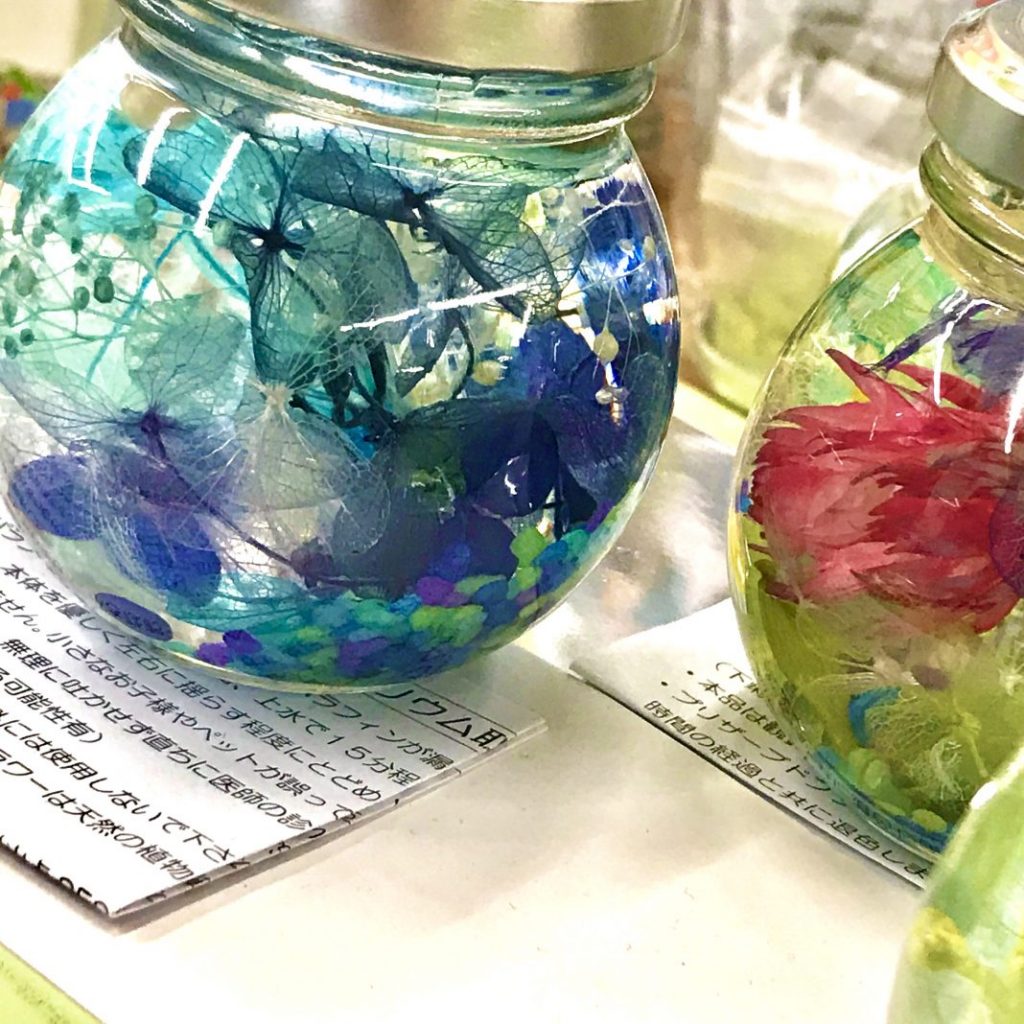
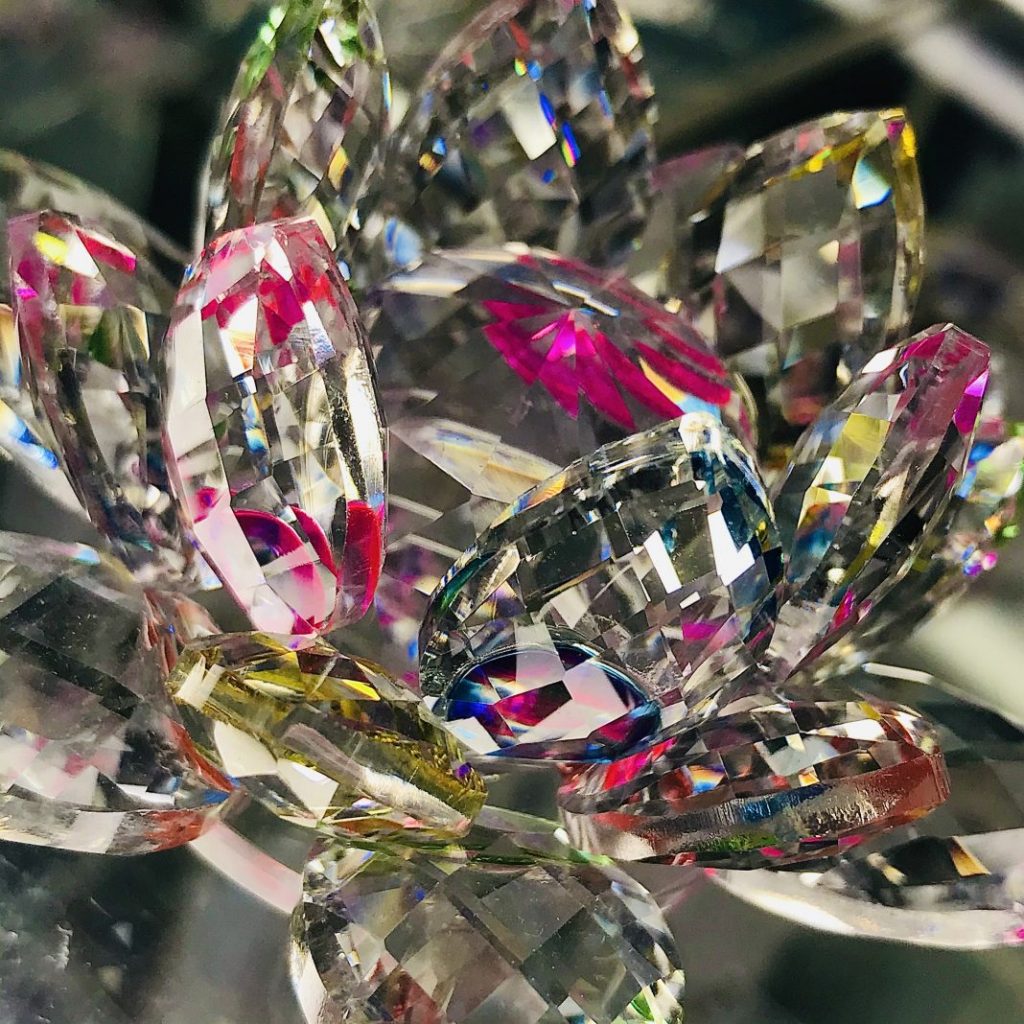
Kaleidoscope Room
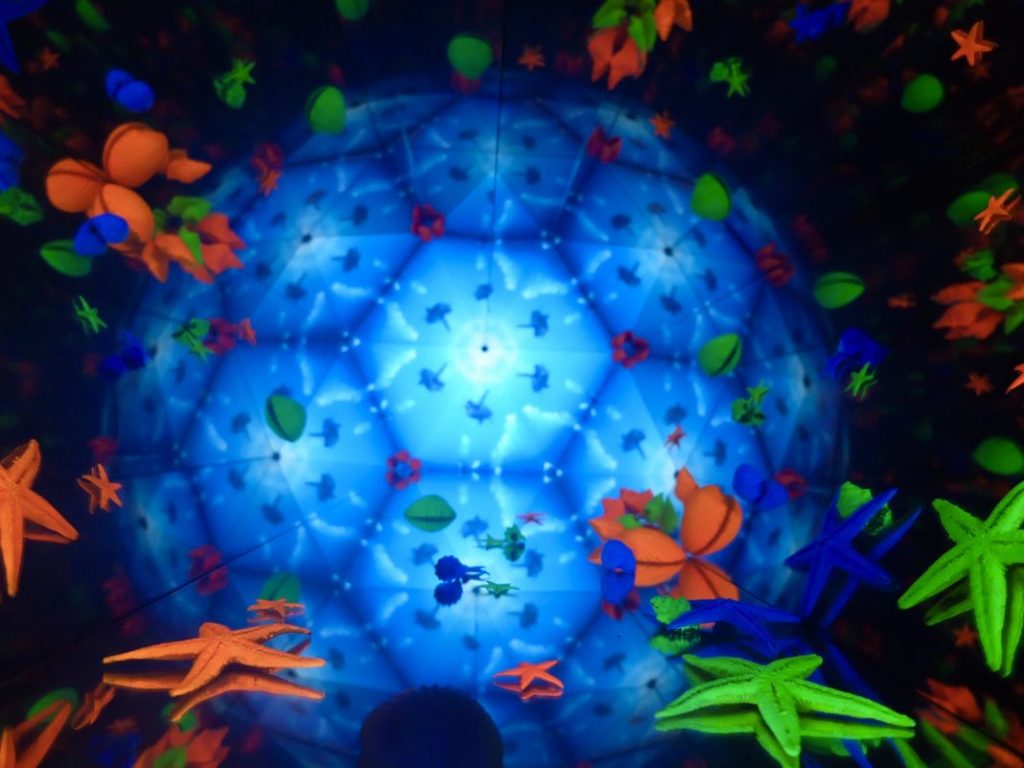
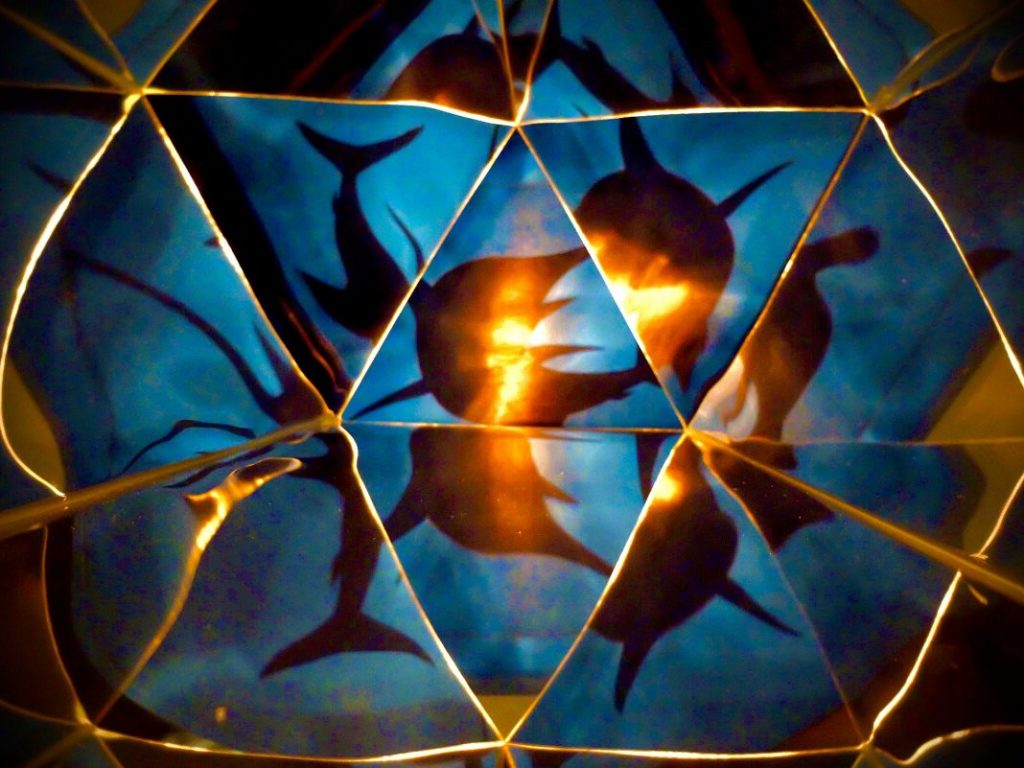
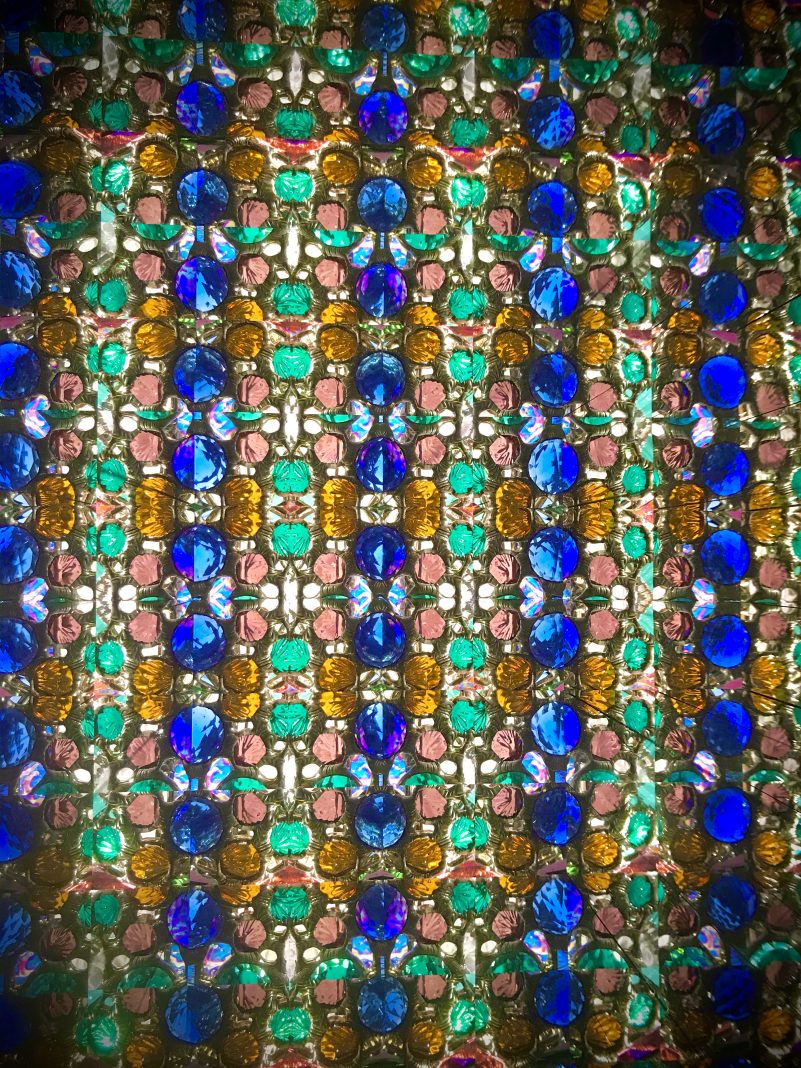
Here at the Kaleidoscope Room, you can experience the wonder of mirrors through various kaleidoscopes and other mirrors. You can also enjoy the many color schemes with colors that cannot be created artificially, such as blue, red and various other colors mixed together. The kaleidoscopes themselves are not the typical cylindrical-shaped ones that are often sold in stores, but are instead made of glass on the outside, making them enjoyable not only as kaleidoscopes but also as individual works of art.
The museum also offers other hands-on activities such as stained glass, fusing, gel candles and sandblasting.
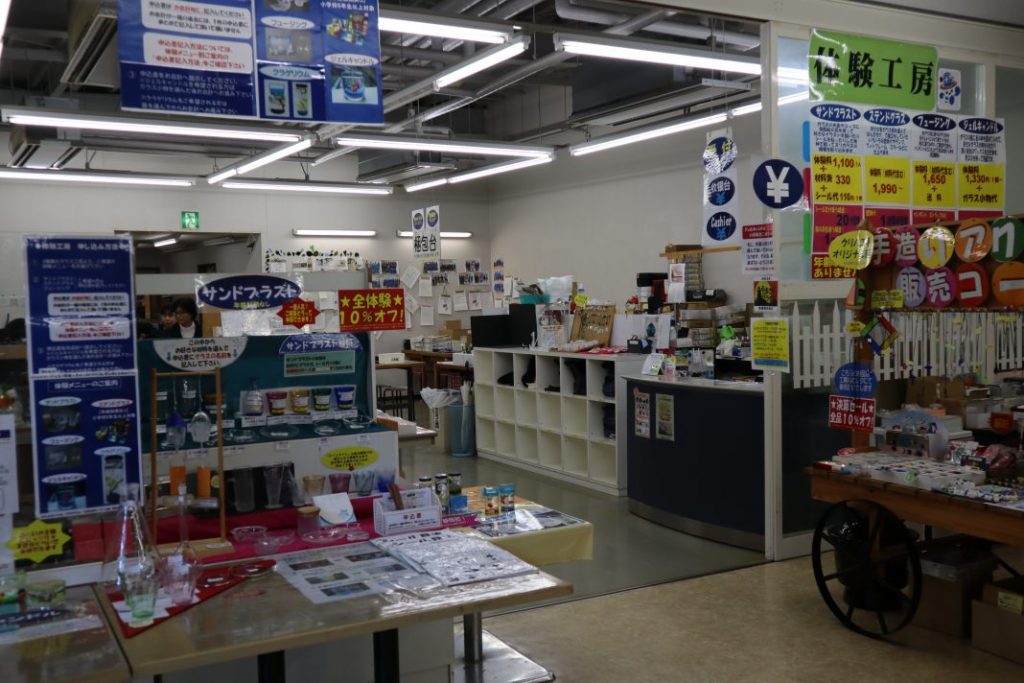
Hands-on workshop
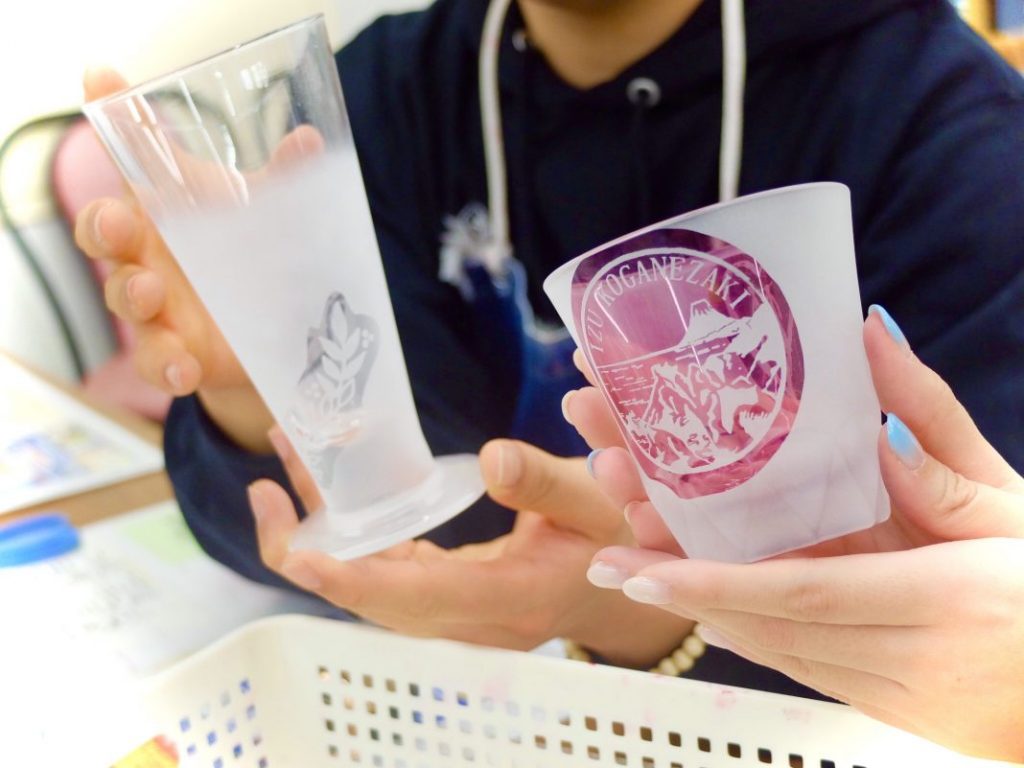
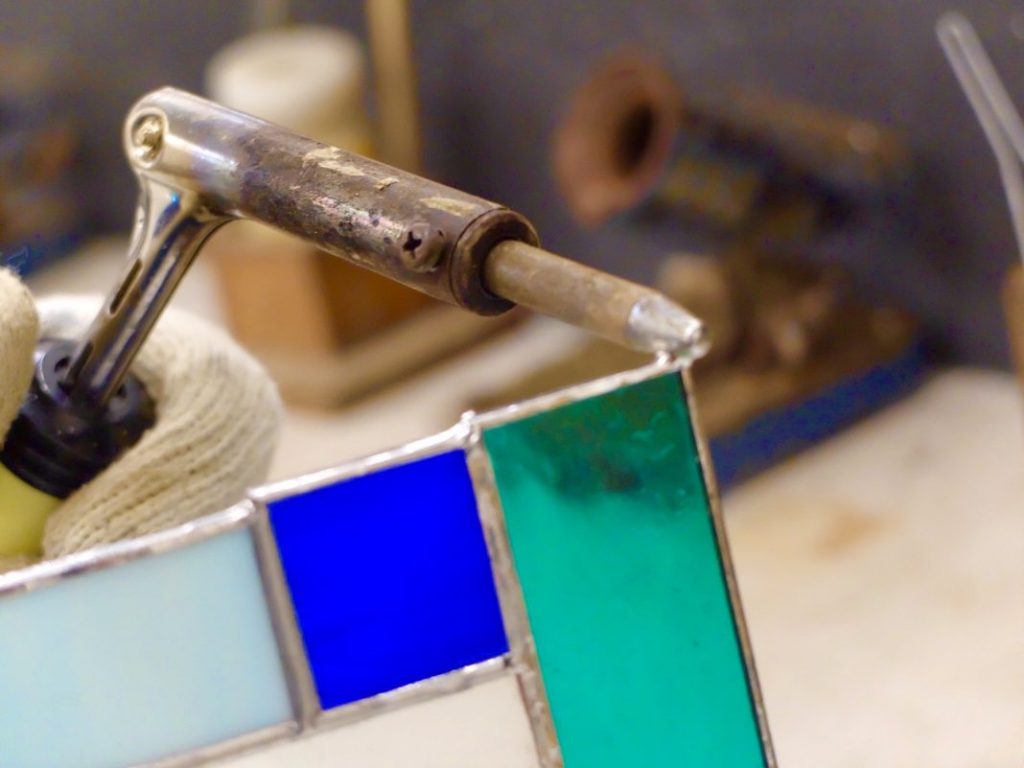
Here is a shot of the stained glass-making process. It seems difficult to do, but the owner of the store will carefully teach you how it’s done. Please try making your own one-of-a-kind work of art to commemorate your visit to Nishi-Izu.
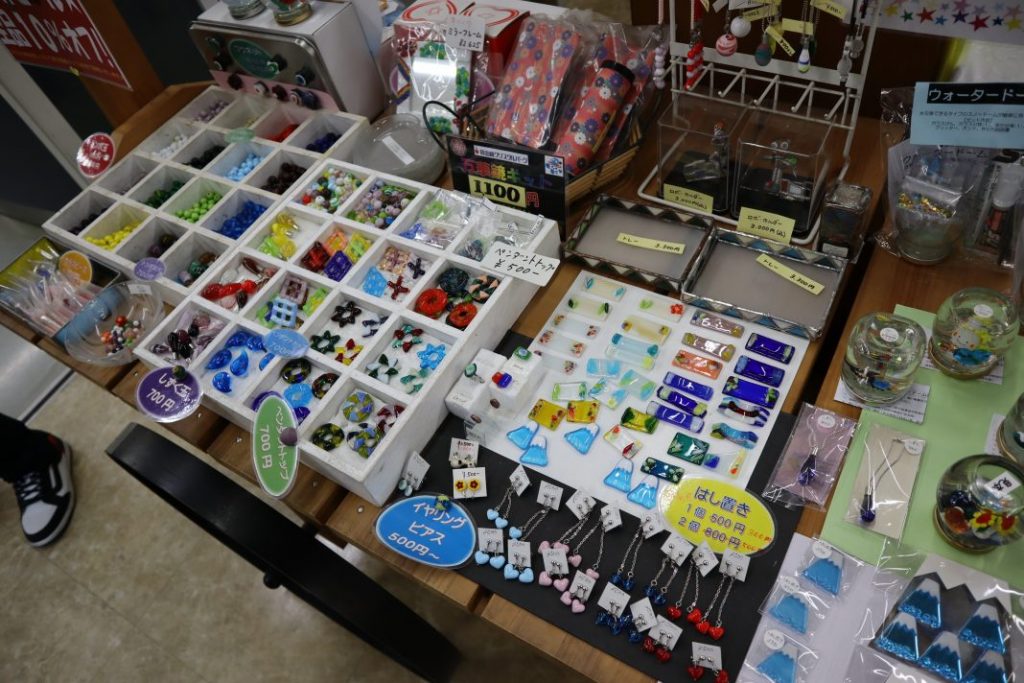
Arriving in Koganezaki
We’ve finally arrived at our destination in Koganezaki. We still have some time before sunset, so we decided to take a stroll along the Koganezaki Trail.
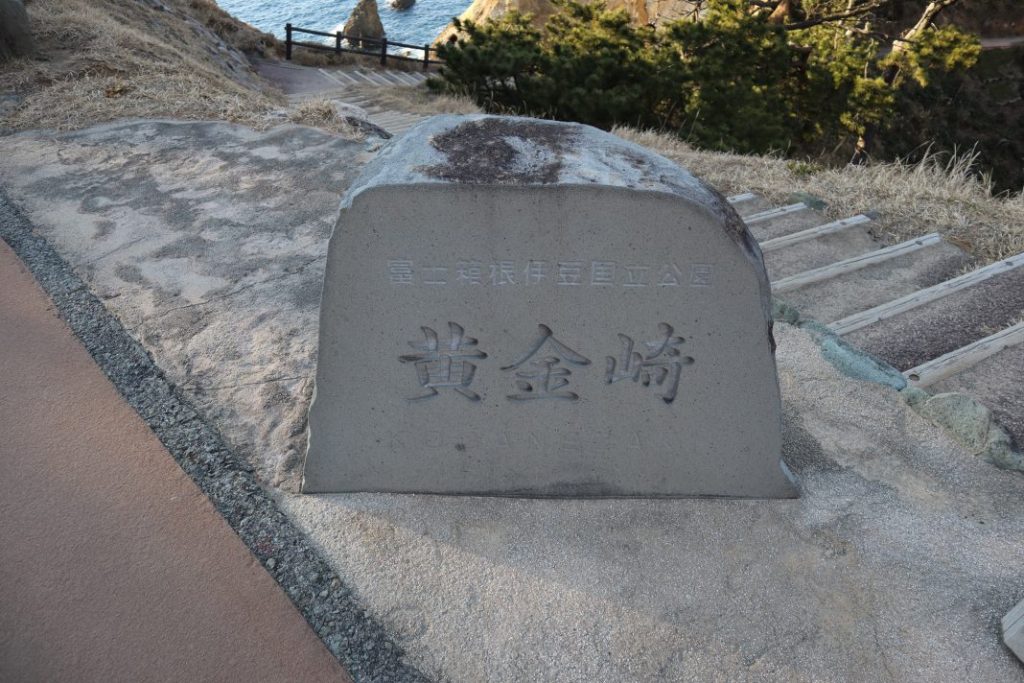
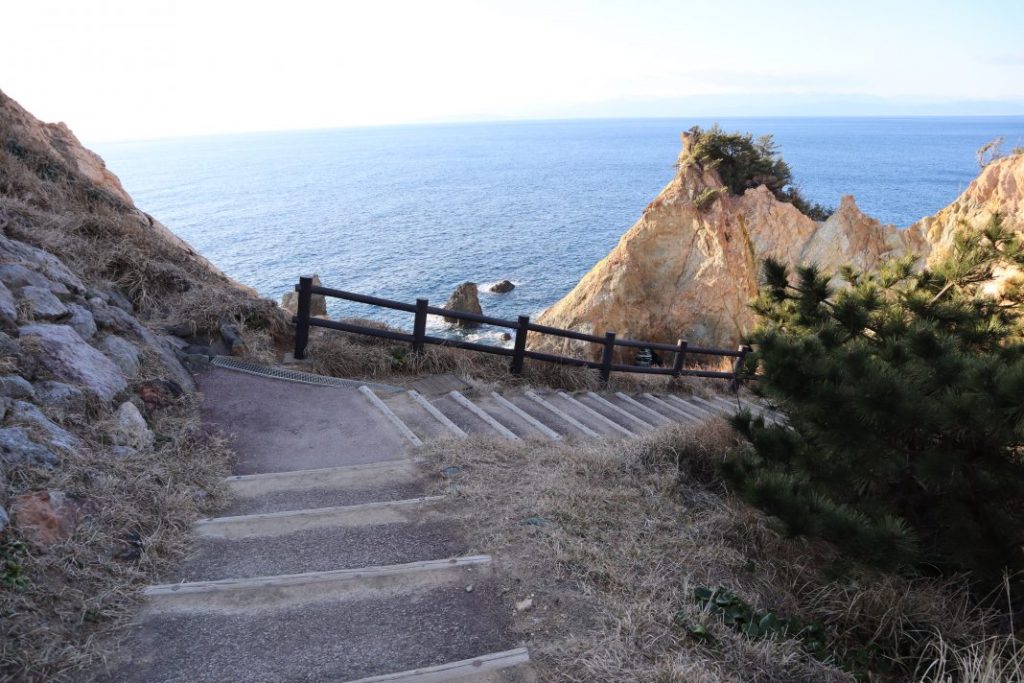
We walked up and down the stairs. The view is absolutely breathtaking, as the trail is right next to the ocean. Due to a lack of exercise, just walking up and down the stairs was a bit tiring, but it was a good workout.
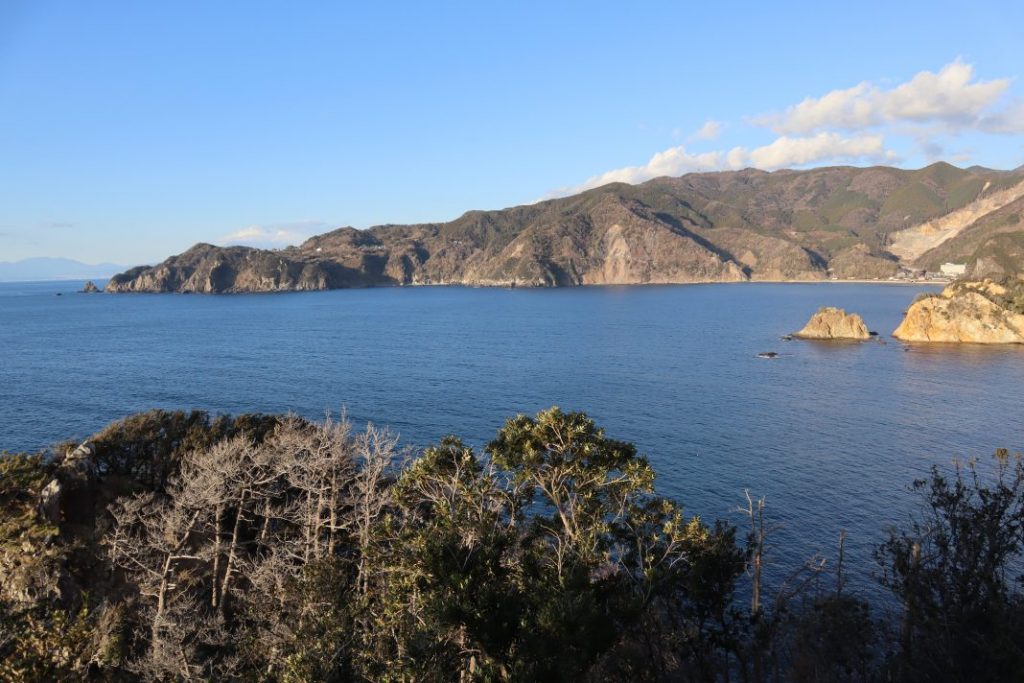
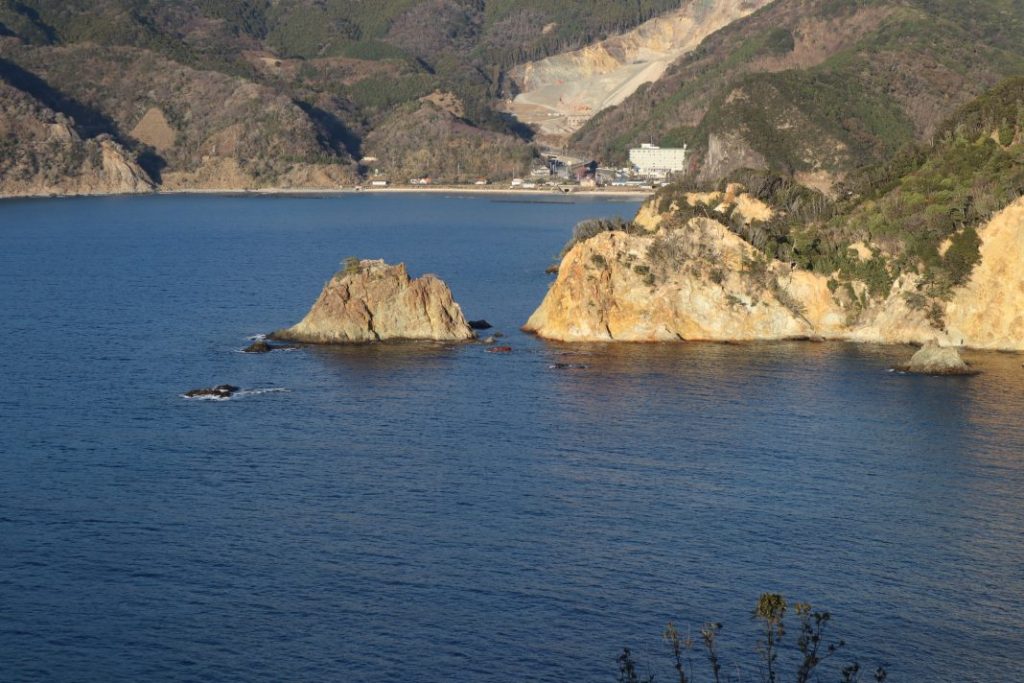
The sea is calm, the weather is good, and time seems to pass more slowly here. Everywhere you look near the coast of Nishi-Izu, there are spectacular views.
Yukio Mishima’s Literary Monument is also located near the parking lot.
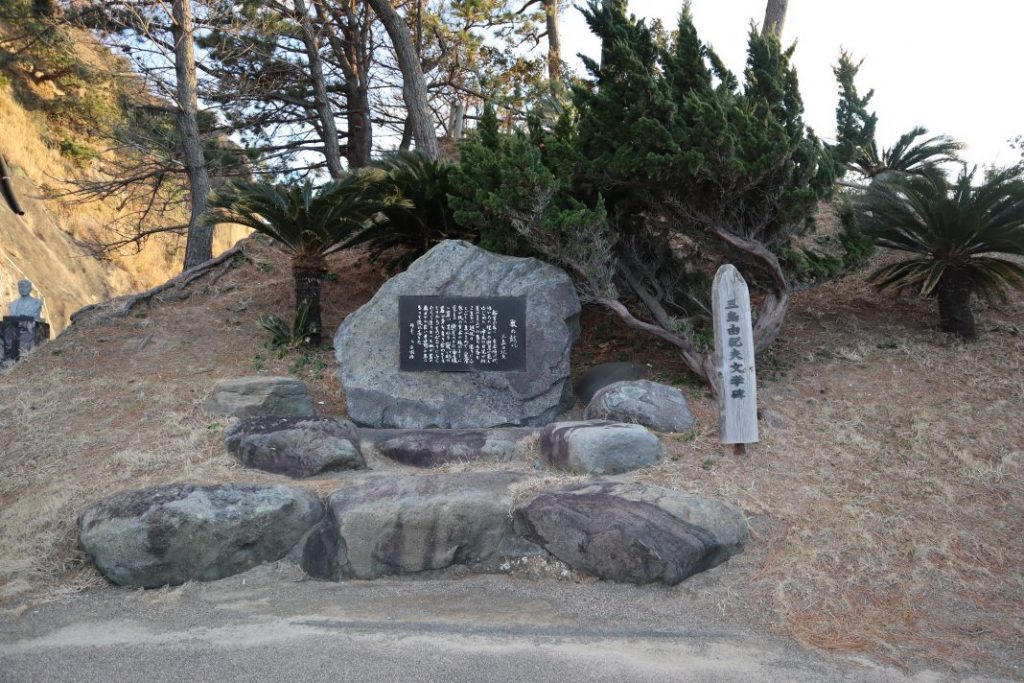
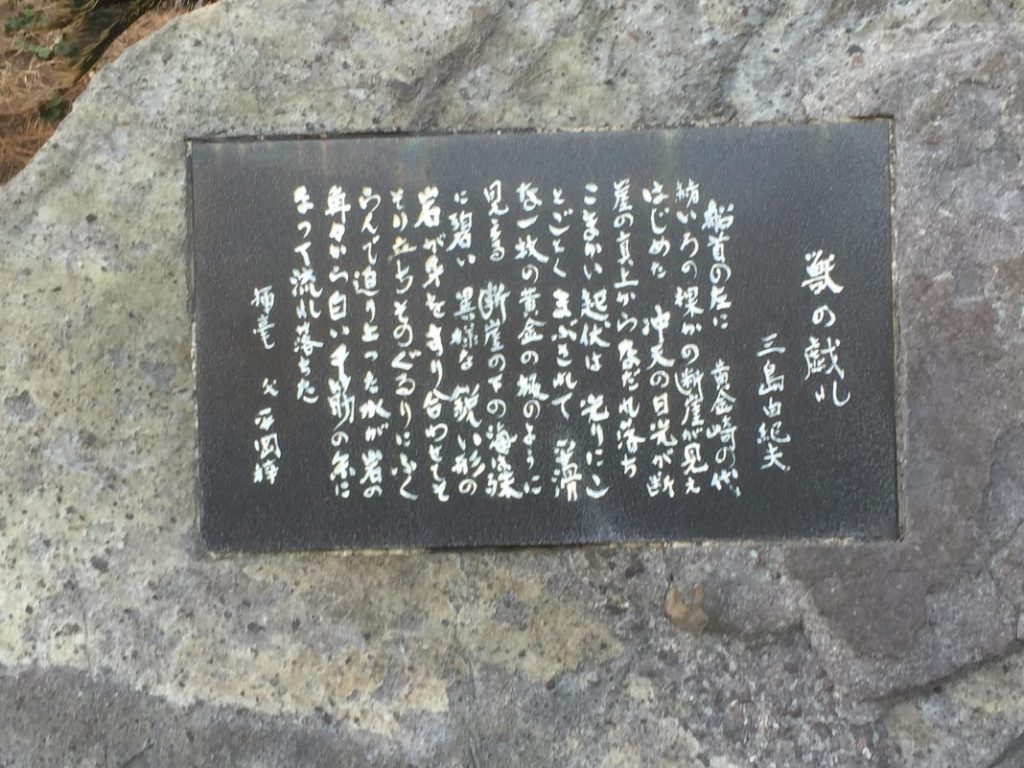
A passage from “The Frolic of the Beasts,” a novel written by Yukio Mishima during his half-month stay at a ryokan in Arari, is inscribed on the stone monument. He describes the view he saw as he passed under the cliffs of Koganezaki while on-board an ocean liner departing from Numazu Port in late July 1960. Yukio Mishima was one of the most influential writers in Japanese literature during the postwar era, having written works such as “The Temple of the Golden Pavilion” and “The Sound of Waves”.
Time for a short break
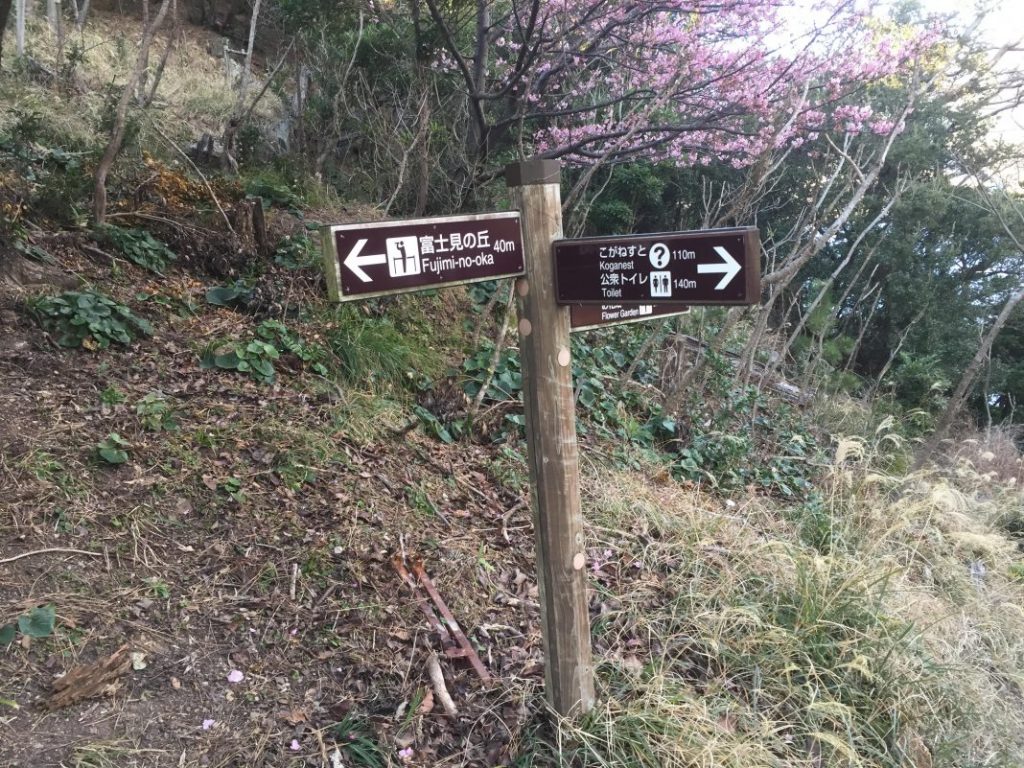
At the back of the parking lot in Koganezaki, there is a rest facility called “Koganest”. The wooden facility has a warm and inviting appearance, and inside, there is a store where you can purchase specialty items of Nishi-Izu and a coffee lounge where you can enjoy a light meal such as tokoroten (a type of traditional Japanese noodle dish), a specialty of Nishi-Izu.
In the summertime, a giant shaved ice called “FUJISAN” is sold here. The colors of Mt. Fuji are beautifully recreated with a Blue Hawaiian base and condensed milk that resembles the snow on the top of the Mt. Fuji. What’s even more surprising is that when you order the shaved ice, it comes with an instruction manual describing the volcanic activity of Mt. Fuji. The shaved ice is filled with soft-serve ice cream that resembles a miniature version of the Komitake Volcano and fruit sauce that resembles the Old Fuji Volcano, so you can learn about Mt. Fuji while eating! This is a great summer snack that you can eat while learning.
There is also an observatory where visitors can enjoy a panoramic view of Koganezaki. Depending on the weather, you can even see Mt. Fuji. In the winter, the museum sometimes closes earlier than usual, so please come with plenty of time to spare.
The view is spectacular as the sun sets

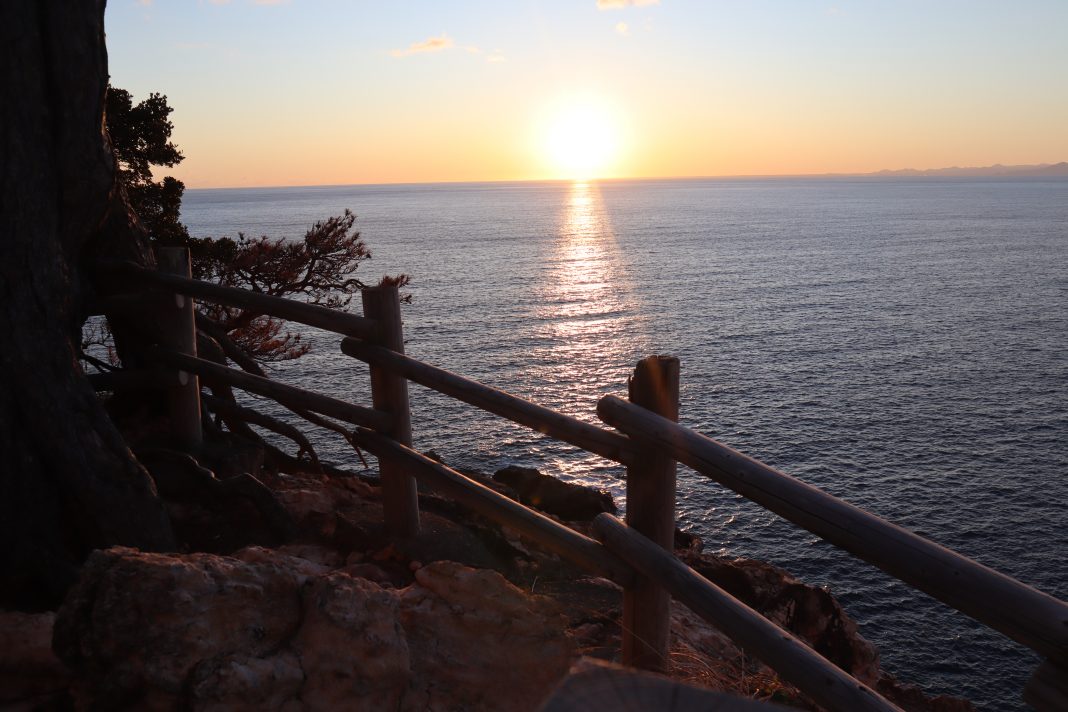
The sun is gradually starting to set. The golden glow of the sunlight on the surface of the rocks is truly a spectacular sight. This rock looks just like a certain animal. Can you tell what it is?
The answer is a horse. It is called “Horse Rock” because it resembles the shape of a horse’s head. Combined with the golden glow of the rock surface, it looks like a real horse. One of its features is the green on the top of the head, which resembles a horse’s mane. It is also rumored that the origin of the name, “Horse Rock” was derived after people won big at the horse tracks after stopping by and praying in front of the rock.
There is also a reason for the golden color of the rock surface. This rock surface is said to have been dyed by the alteration effects of the high temperature of spring water and geothermal heat. In 1988, it was designated as a natural monument of Shizuoka Prefecture under the name of “Propylite of Koganezaki”. Silica stone, the raw material of glass that we introduced earlier, is also a result of the natural blessings of this hydrothermal alteration.
We highly recommend visiting Koganezaki, which is full of attractions throughout the year.
夕映えの黄金崎-1068x712.jpg)